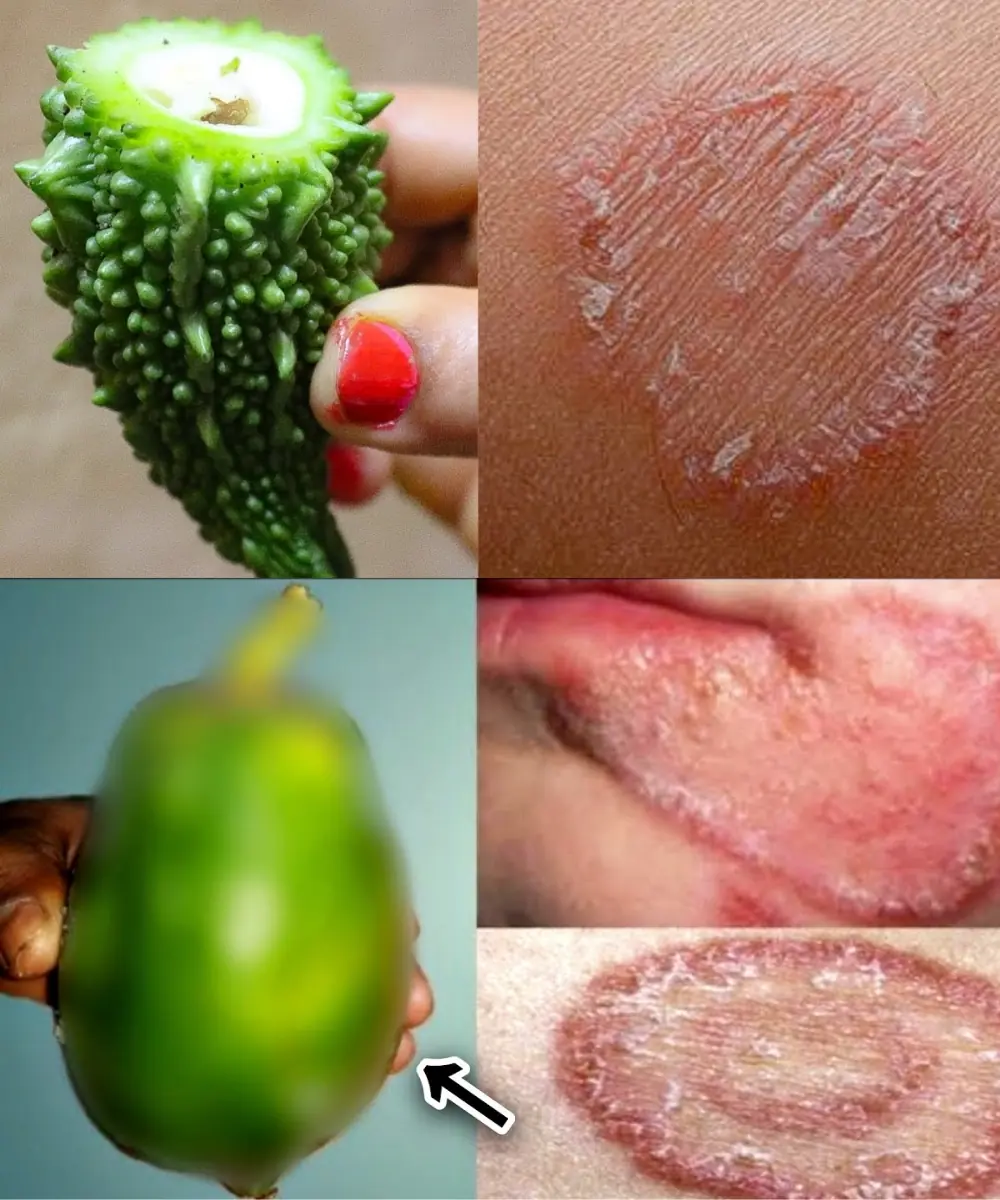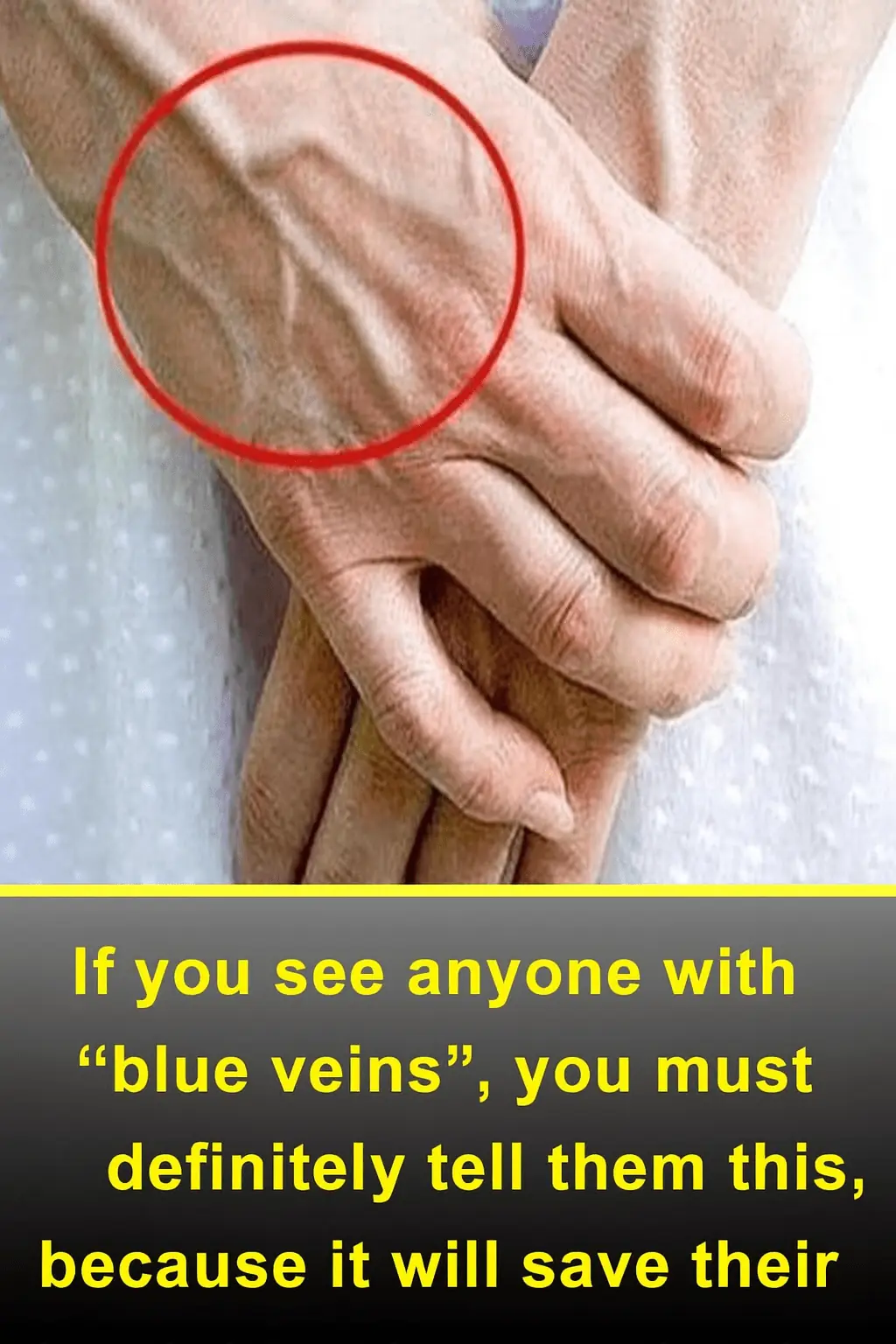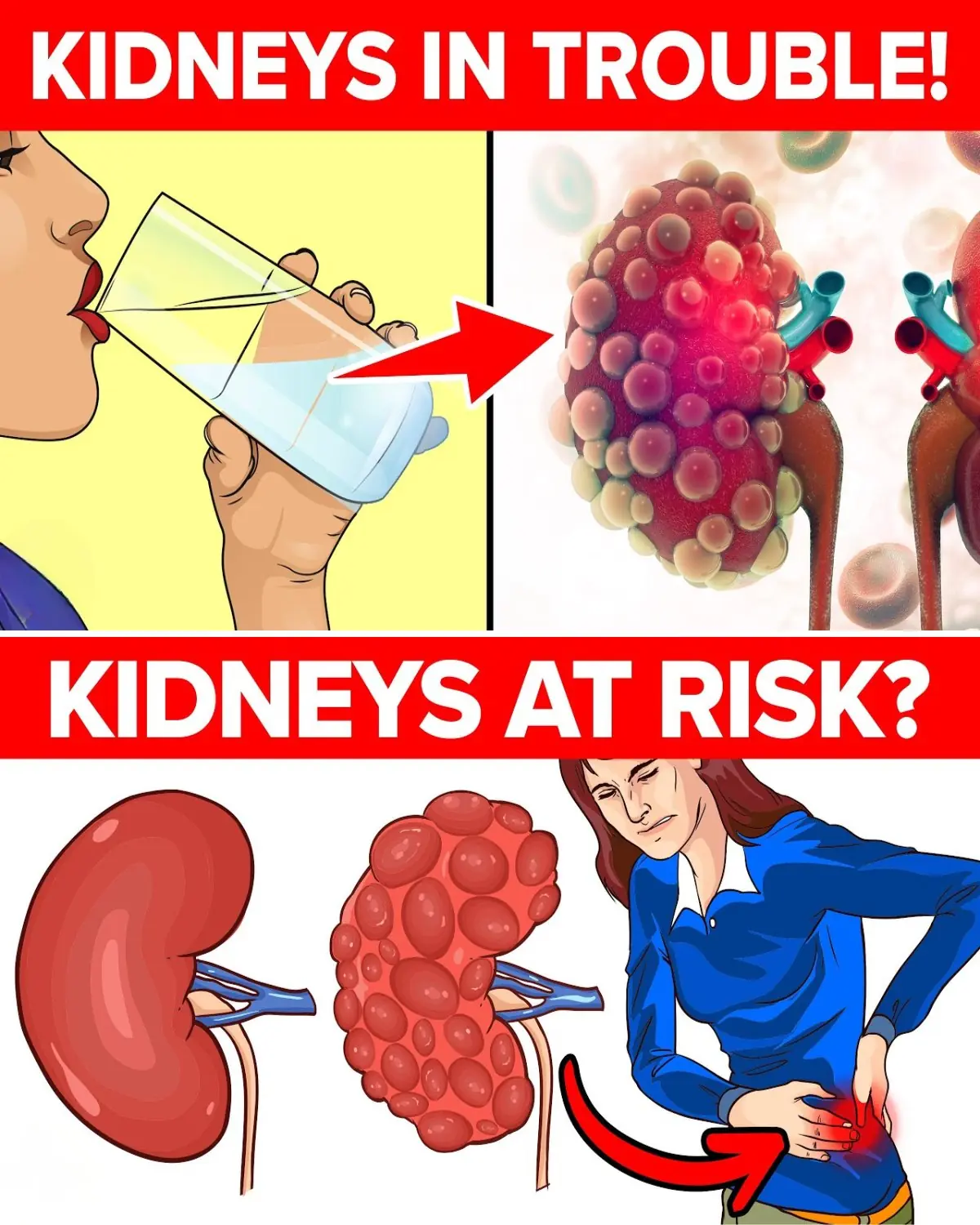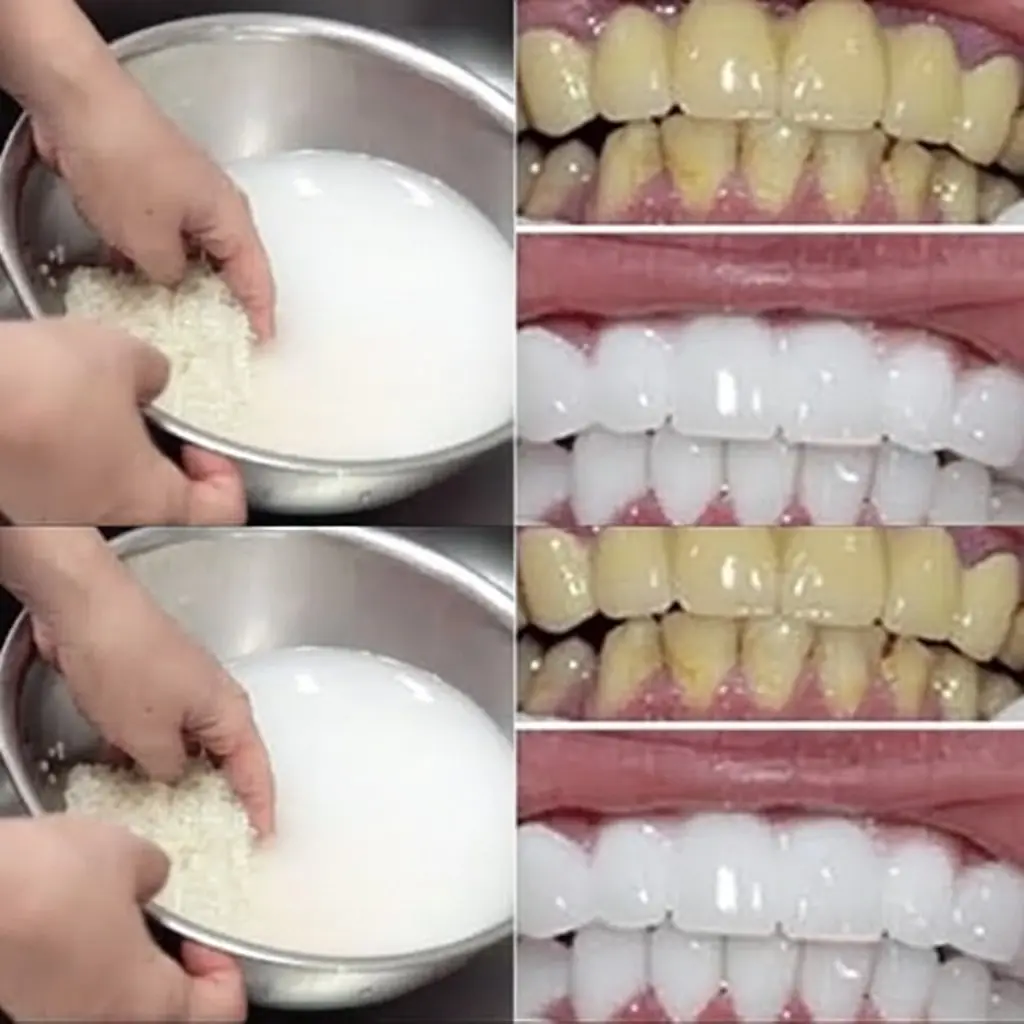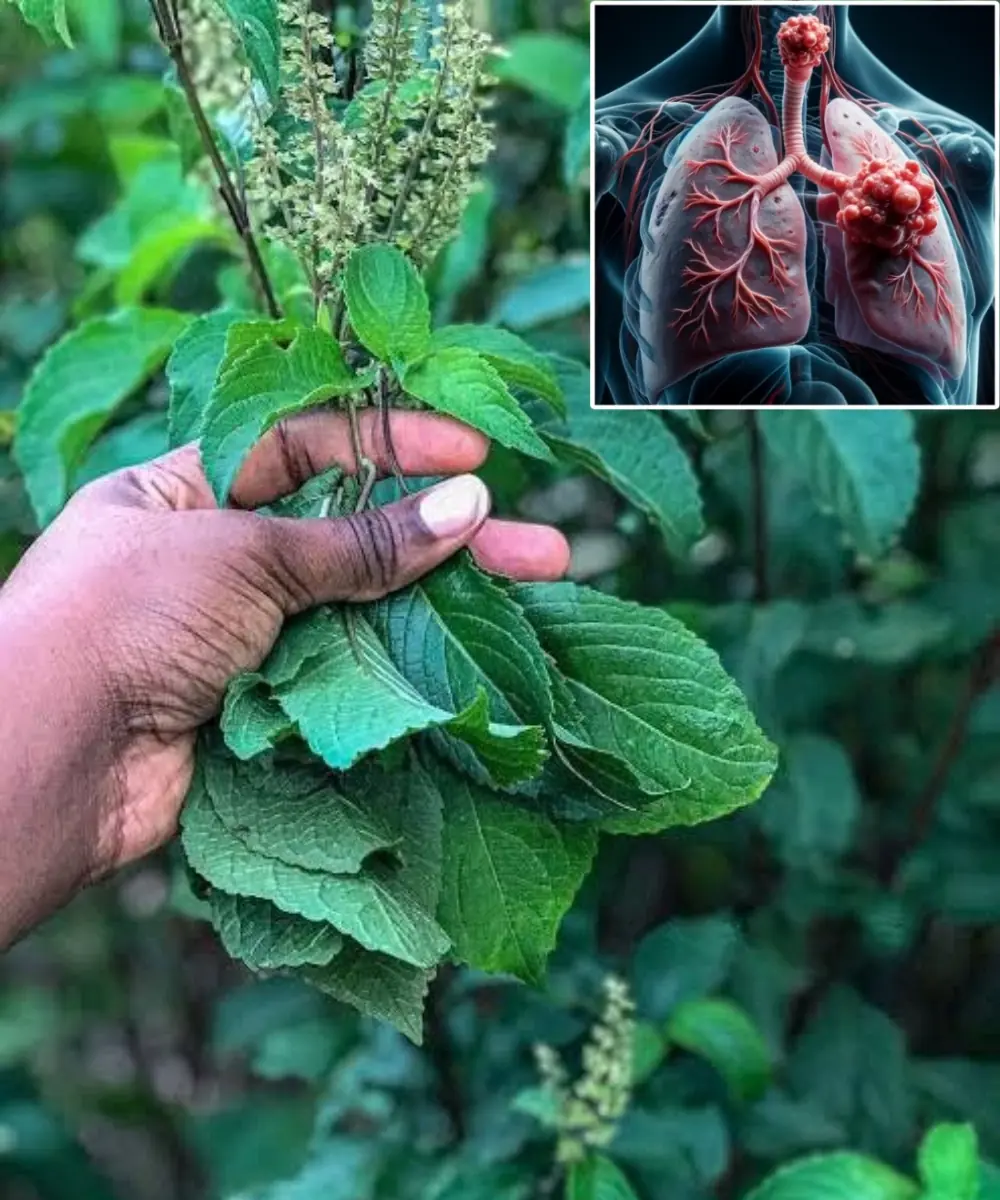It might sound surprising, but small changes in your body—especially unusual signs in your fingers—can sometimes be early warnings of serious health problems. For lung cancer patients, symptoms in the initial stages are not always obvious, and these subtle signs are often overlooked. Certain changes in your fingers may be early indicators of severe conditions like lung cancer. Unfortunately, many people miss the best treatment window because they ignore these warning signals.
If you notice any of these unusual changes in your fingers, do not take them lightly. Seeking medical advice promptly could save your life.
1. Fingertips Becoming Rounded and Swollen – Like a “Drumstick”
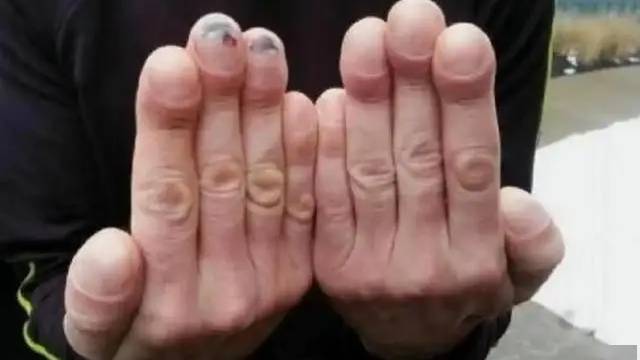
If you closely examine your fingers—particularly your index and middle fingers—you’ll find that in healthy individuals, the tips are relatively straight. However, one of the early symptoms of illnesses like lung cancer is a noticeable change in the fingertip shape.
This condition, called “clubbing”, makes the fingertips curve and bulge, resembling the end of a drumstick. It is often caused by a lack of oxygen in the blood, especially in those with chronic lung diseases. Poor oxygen exchange in the lungs leads to reduced blood supply to the extremities, causing these physical changes.
Some patients with no prior major health issues have discovered clubbing during routine check-ups. At first, they assumed it was due to finger fatigue from typing or long-term computer use, but medical examination revealed early-stage lung cancer. The tumor in the lungs was restricting the airways, reducing oxygen delivery and ultimately causing clubbing.
Studies have shown a strong link between finger clubbing and lung cancer, particularly non-small cell lung cancer.
2. Nails Becoming Thick and Yellow
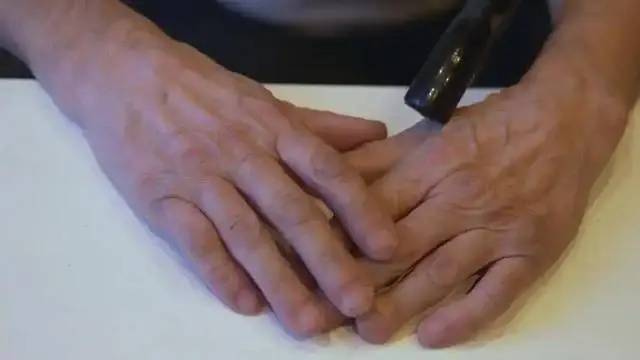
Many people know that nail health can reflect overall health. If your nails suddenly become unusually thick or take on a yellowish color, you should not ignore it.
In lung cancer patients, changes in the nails are more common when the tumor has progressed to a certain stage. Thick, yellow, or even concave nails can be the result of chronic oxygen deficiency, especially when poor lung circulation affects nail growth.
In medical terms, yellow and thick nails are often early warning signs of serious illnesses, including lung cancer. While not every case of thick or yellow nails is linked to cancer, these symptoms are usually associated with low oxygen levels, particularly in those with pre-existing lung problems. Early lung health screening is essential if you notice such changes.
3. Joint Pain in the Fingers, Accompanied by Unexplained Fatigue
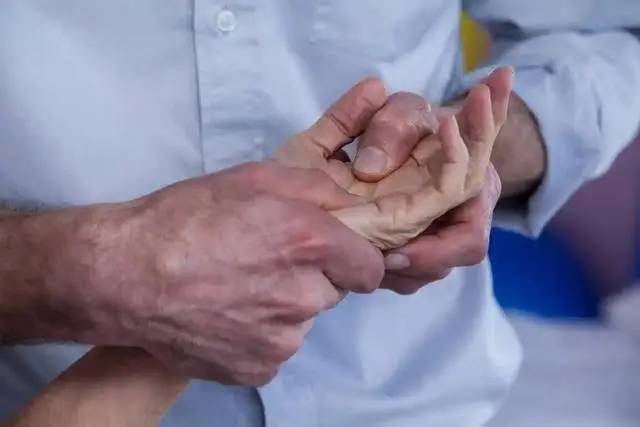
Some people may experience unexplained pain in the finger joints during the early stages of illness or notice their fingers becoming less flexible.
What’s unusual is that this type of joint pain is not caused by external injury, but appears without an obvious reason—often accompanied by weakness and general fatigue.
These symptoms can be early indicators of lung cancer, especially when the immune system begins to weaken and inflammation affects the joints. Joint pain of this kind is often associated with prolonged fatigue. The underlying reason is that cancer weakens the immune system, making the body more prone to various discomforts.
If finger joint pain occurs without an external cause and is accompanied by fatigue, chronic illnesses like diabetes or lung cancer should be ruled out as soon as possible. Early medical examination is key to detecting lung cancer before it advances.
4. White Spots or Unusual Patches on the Fingers
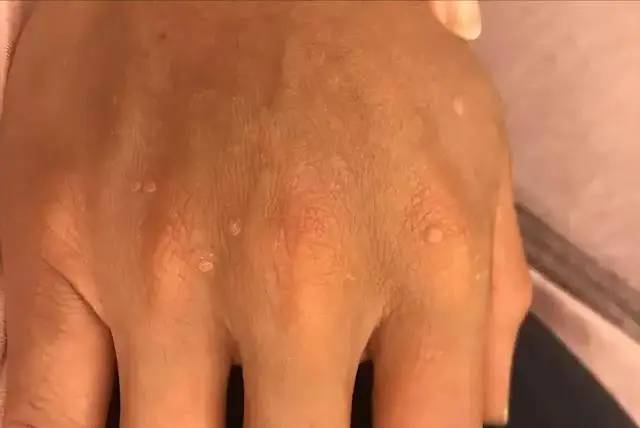
Although less known, white spots or patches on the skin of your fingers can also be a hidden warning sign of serious diseases like lung cancer.
These spots or patches usually appear around the nails or on the fingertips. While they may seem like harmless blemishes, they can actually be the result of poor blood circulation caused by lung problems.
Medically, white spots or patches can indicate restricted blood flow and insufficient oxygen supply to the fingertips—both possible signs of lung disease. When this occurs, it’s important to rule out lung-related conditions without delay.
Final Note
Minor but unusual changes in the fingers are important signals your body may be sending. By observing your fingers, you may not only detect lung cancer early but also take timely action to prevent the disease from worsening.
For individuals with diabetes, smokers, or those living in areas with heavy air pollution, extra caution is advised.
Although not all finger changes mean lung cancer, they can still serve as an early warning of underlying health issues. If you experience any of the changes above, seek medical evaluation as soon as possible—early detection greatly increases treatment success and the chance of recovery.





